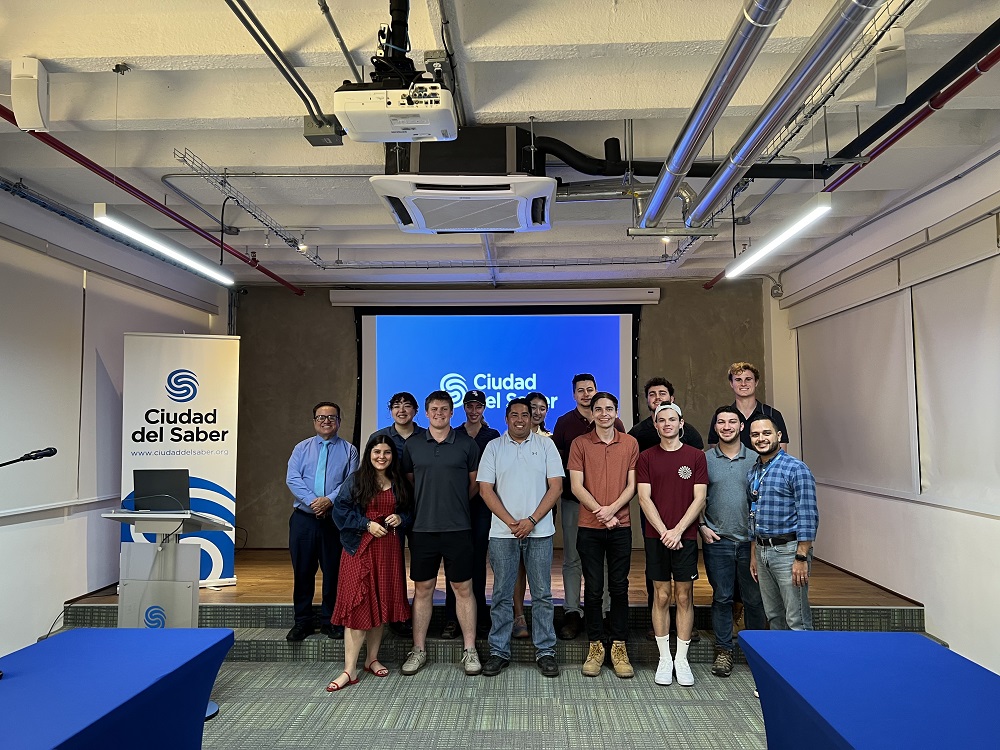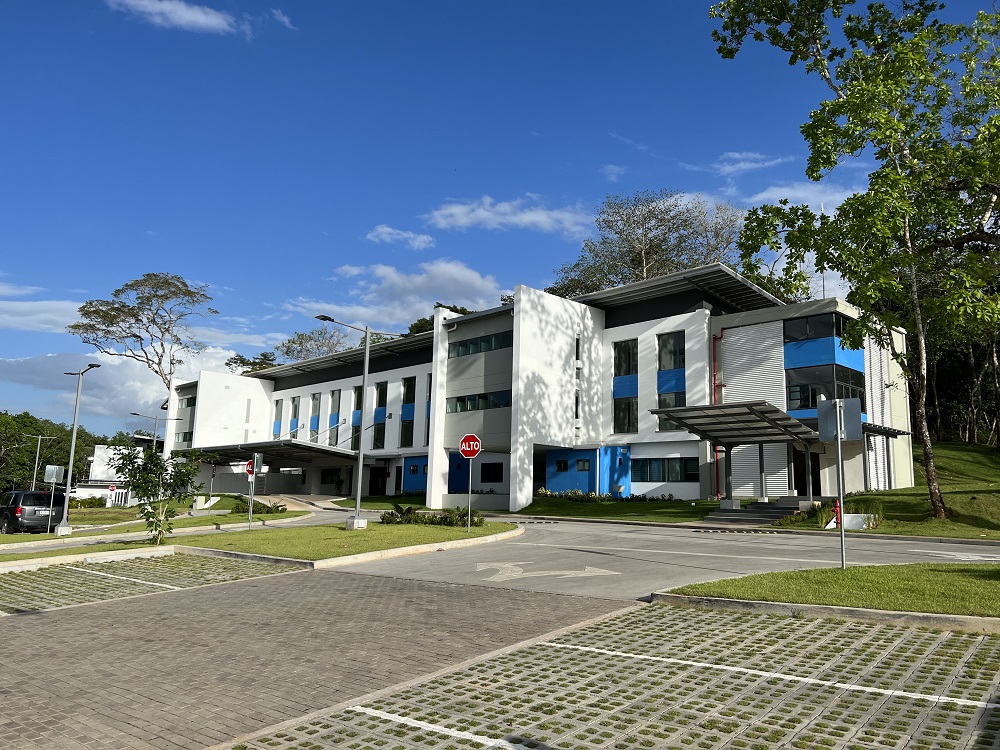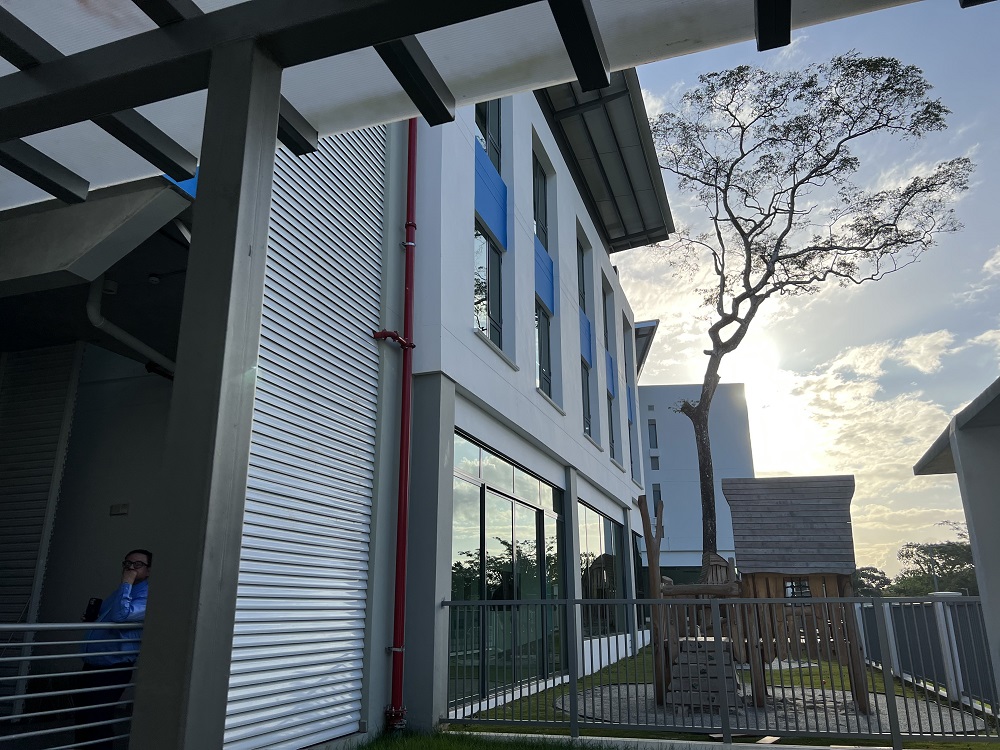In the afternoon on Friday, we visited the City of Knowledge and King’s College Panama. We began our visit at the food court of the City of Knowledge, which is a LEED Gold certified building. It doesn’t require air conditioning and uses a covered central courtyard as a central dining and community area. From there, we had the opportunity to gain a deeper understanding of how the City of Knowledge operates.

The City of Knowledge is a former United States military base that has been converted to an education and technology focused space. We met with a business director and architect from the holding company that manages the City of Knowledge, a private, non-profit organization that works directly with the Panamanian government. The City of Knowledge hosts 32 academic institutions, 102 tech companies, and 45 other international organizations and NGOs. They are afforded special privileges by the Panamanian government to give tax and migrancy incentives to the businesses and organizations that they choose to rent their spaces to, which helps them to drive interest in the space. They also offer housing on site, including houses, apartments, and dorms. One challenge they have faced is the cost of new infrastructure, such as converting tiny military sidewalks into true, walkable spaces. Another challenge they’ have had is maintaining the historic architecture on site. The City of Knowledge holds itself to a higher standard than Panama does for renovating historic buildings, so they have to make sure they upgrade the buildings without compromising the original appearance.

After the presentation, we had the opportunity to quickly tour the premises of the City of Knowledge, which interestingly includes a campus of Florida State University, one of the main competitors to Quality Leadership University, which has been hosting us throughout this trip.
After the City of Knowledge, we made our way to King’s College Panama. This is a K-12 school which was completed just a couple of months ago. It consists of three large buildings, two for educational purposes, as well as a gymnasium. It is a British-style school oriented towards British expatriates. We were welcomed to the site by a former owner’s representative who knew the building inside and out.

This project had quite a few struggles along the way, from underground gas tanks that needed to be excavated, to skyrocketing steel prices due to supply issues. There were also some interesting quirks to this building, some of them in the design, and some in the execution. For instance, because the owner has rigid design specifications, certain items such as drop ceilings were replaced by far more expensive custom ceilings from Italy.

Another interesting element of the site was certainly unfamiliar to our group. Due to Panamanian building codes, all gas piping had to be exposed instead of being hidden, even in the kitchens and lab spaces. Perhaps even more surprising than this, however, was the presence of a sprinkler system over the swimming pool in the gymnasium. Though some elements of the building were unfamiliar or a bit surprising, it was quite interesting to see the differences in style between American and Panamanian building construction.

Blog by Benjamin Levin-O’Leary
